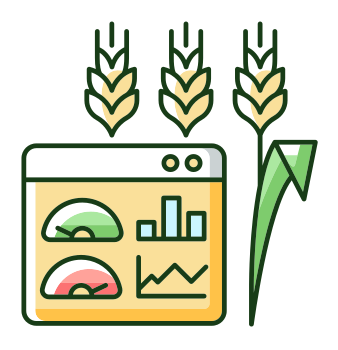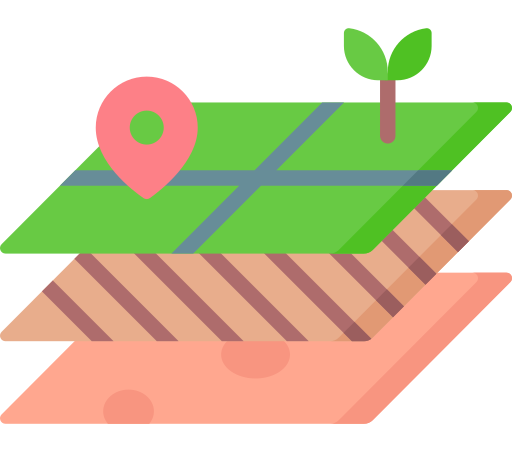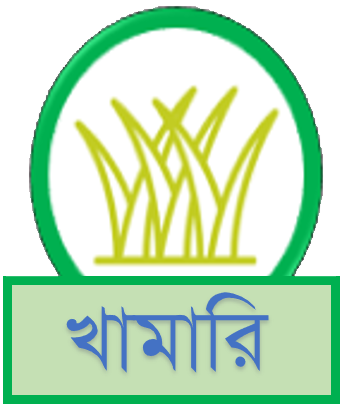Crop zoning refers to the specific regions/areas of potential crop and cropping sequences which are
biophysically suitable and also have high productivity. Potential crop zones have similar geographic setting
in
terms of soils, landforms, rainfall, temperature, length of growing period, irrigation potentials. Actually,
crop zoning facilitates better utilization of land and water resources thus providing opportunities to harvest
full potential of the crops if grown in areas specified as suitable, which in turn derive maximum economic
benefit.
The crop zoning can be conceptualized in the context of optimizing crop production through judicious use of
land
and water resources. Prevent degradation of the environment and to maintain in such a way that the resources
of
the environment are put to their most beneficial and optimum use while at the same time conserving them for
the
future. The purpose of crop zoning is to make best and sustainable use of scarce land and water resources for
crop production. Crop zoning is particularly supportive for the decision making process concerning land use
planning.






